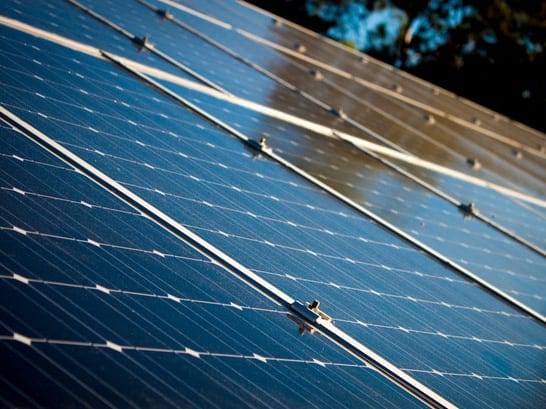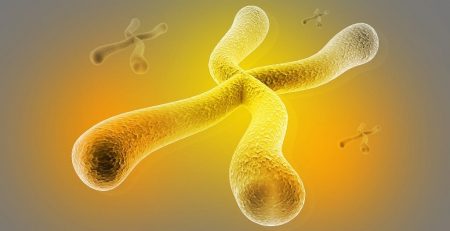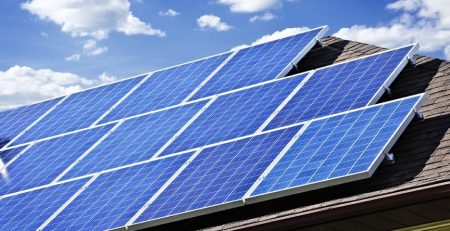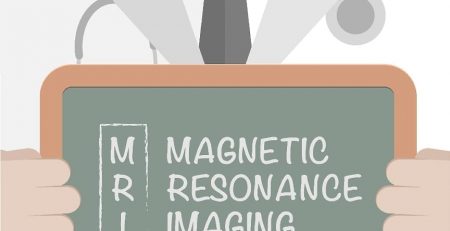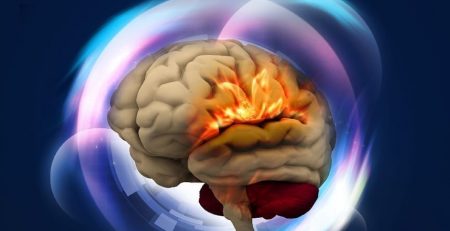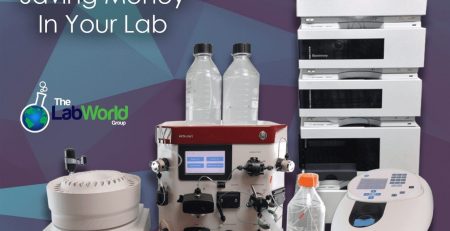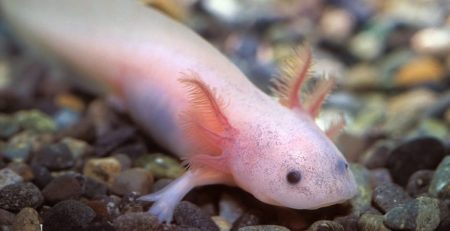A Jolt of Caffeine May be all the Solar Energy Industry Needs
Renewable energy continues to be a hot topic, especially as some sources, such as solar, appear to be plateauing in progress, particularly when it comes to performance and mass production.
The most recent solution University of California, Los Angeles PhD students Rui Wang and Jingjing Xue have been exploring was actually the result of a passing joke. “One day, as we were discussing perovskite solar cells, our colleague Rui Want said, ‘If we need coffee to boost our energy then what about perovskites? Would they need coffee to perform better?’” Xue said.
This led the team to replace the dimethyl sulfoxide previously used to stabilize cells with caffeine. They found the caffeine interacted with the lead ions to create a “molecular lock”, ultimately producing better final structures.
This not only led to a higher conversion rates (20% of light that fell on the caffeinated cells was converted to electricity vs. 17%), but also addressed one of perovskite cells’ biggest problems. The performance of perovskite cells significantly decreased in the presence of heat or moisture. Cells with caffeine, on the other hand, were much for stable when exposed to extreme temperatures.




